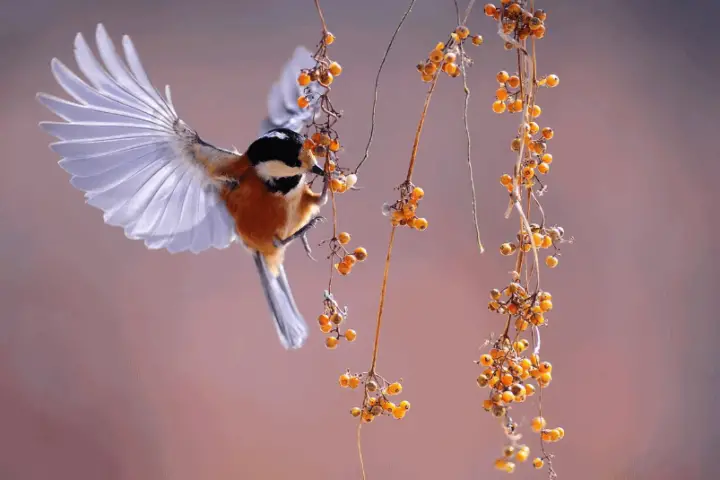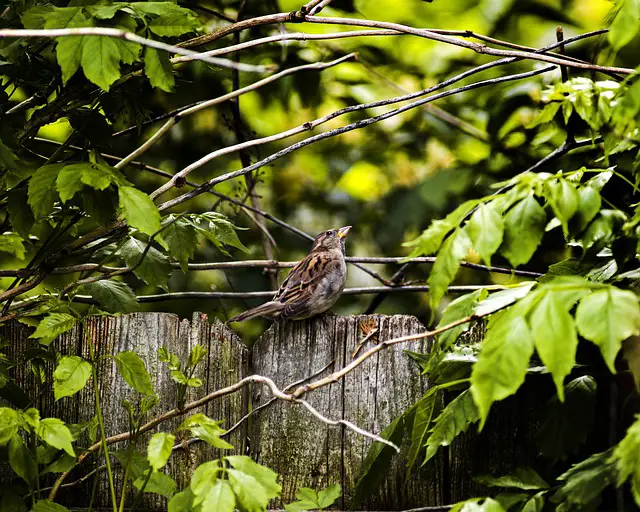Flamingos are extremely social birds. They like to feed together in large numbers and live in colonies having more than one million birds. There are 5 species of flamingos namely Greater, Andean, James’, Chilean and lesser flamingos. The Greater flamingos are the biggest species while the smallest ones are Lesser flamingos. Unlike other birds, flamingo has a unique feeding technique and sifts its food through water with its bill upside down. Now let’s discover more about this wonderful bird in flamingo facts for kids.
A Quick Guide To Flamingo Facts For Kids
Class: Aves
Order: Phoenicopteriformes
Family: Phoenicopteridae
Size of Largest Flamingo: 60 inches
Size of Smallest Flamingo: 35 inches
Number of Species: 5
Conservation Status: Near Threatened (Andean and James’ flamingos)
Basic Flamingo Facts For Kids
Physical Features
- The shape of all the 5 species of flamingos is identical.
- The color and size of flamingos usually differ with each other. The females are somewhat smaller than the males.
- A flamingo has a long neck. Its legs are also very long and thin carrying the body’s weight which is oval in shape.
- The bill is not straight rather it is curved from the middle. What’s more, the lower bill of flamingos is relatively bigger than the upper bill which is quite rare in any other bird. The upper bill is small and acts like a lid over the lower one and thus the bird easily filters out the right size of grain from water.
- A flamingo can easily dash on water thanks to its long legs having 3 webbed toes at the front.
- One of the distinguishing features of flamingos is the pink color of their plumage. It may also be cherry-red in color. It gives a wonderful look particularly when their black feathers are wide opened for flight.
- In South America, they are present all over the place even in Galápagos Islands. In Africa, they are spread out in South Africa, western and northern seashores as well as in East Africa’s Rift Valley. In Europe, flamingos are present in the southernmost part. In Asia, they exist in the southwest portion and including countries like India, Sri Lanka and Pakistan they stretch toward the Middle East.
- Out of 5 species, South America is the only continent that has the following 3 species of flamingos namely James’, Chilean and Andean flamingos.
Habitat
- They have a very special feeding mechanism which is why they need a specialized environment for their habitat. Typically, flamingos live in shallow waters along the coast or in shallow lakes which may be extremely salty.
- They can withstand high temperatures in water even as much as 155°F. Not only this, flamingos are also capable to survive in extremely high concentrations of chlorides in water that change the nature of water to extremely acidic.
- Flamingos usually breed in bigger water lakes like those in East Africa.
Diet
- The diet of flamingos consists of 3 major items. These three are diatoms, little invertebrates in water and algae. The invertebrates include snails and brine-flies.
- Chilean flamingos and Andean flamingos like to eat all the three kinds of food.
- James’ flamingos and Andean flamingos fancy eating diatoms.
- A Lesser flamingo only likes eating algae.
Conservation Status
The number of bird species of James’ flamingos and Andean flamingos are more or less 50,000. Therefore, these birds are ranked as Near Threatened. Some of the primary causes of their reduced numbers are environmental pollution, the extraction of coal and other minerals as well as building of new roads. Chilean flamingo shows a very positive result and are almost 200,000 around the world. Lesser flamingos and greater flamingos are also fine but the most widespread species of flamingos are lesser flamingos whose number can vary from 4 million to 6 million birds.
Did you really find these flamingo facts for kids helpful? Is it what you’re looking for? Please comment and help us improving this article. Thanks for reading it!






